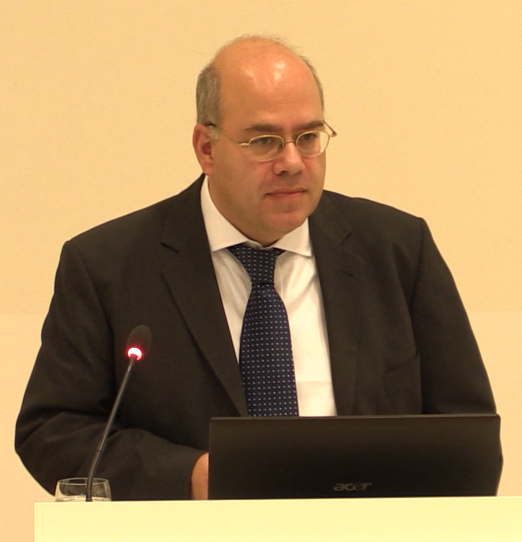Water Framework Directive
Framework of water policy
Directive 2000/60/EC, the “Water Framework Directive” or “WFD”, is a complex piece of legislation because it includes a large number of listings and of cross-references from one provision to the other, a high number of definitions, sometimes on basic geographic notions such as those of river or lake, as well as on a series of concepts pertaining to the “status” of water bodies, which concepts are hardly self-explanatory although essential to its underlying logics, of half a dozen “characteristics” (Article 5) and of nine paragraphs listing various and diverse “objectives”, each one of which has several sub-levels (Article 4).
The purpose of the WFD is to “establish a framework for the protection of inland surface waters, transitional waters, coastal waters and ground waters” (Article 1). It primarily aims, obviously, at the implementation of the environmental policy’s protection principles with respect to the waters concerned, i.e. to preserve and enhance the status of aquatic ecosystems, with certain nuances depending on their respective categories. Member States must inter alia implement "the necessary measures to prevent deterioration of the status of all bodies of surface water" (Article 4, para. 1, (a)(i)), an obligation which the court judges “does not simply set out, in programmatic terms, mere management-planning objectives, but has binding effects, once the ecological status of the body of water concerned has been determined, at each stage of the procedure prescribed by that directive” (Case C 461/13 Bund für Umwelt und Naturschutz Deutschland, para. 43; Case C-346/14 Commission v Austria, paras. 53-55). Most of the Directive’s provisions however leave them with a wide margin of discretion as to the nature of the measures to be taken because it does not aim at a complete harmonisation of their water laws (Case C-346/14 Commission v Austria, para. 70).
The WFD also has a wider and longer term perspective by promoting “sustainable water use based on a long-term protection of available water resources.” That framework must, in a more specific way, contribute to mitigating the effects of floods and droughts, to the provision of the sufficient supply of good quality surface water, to the significant reduction in pollution of groundwater, to the protection of territorial and marine waters, and to the achievement of the objectives of relevant international agreements (Article 1). It has as a dual dimension: on the one hand, it provides a set of “strategies” for the enactment of implementation directives pertaining to miscellaneous pollutants and affected environments while, on the other, it includes immediately applicable provisions (Case C-32/05 Commission v Luxembourg, para. 41 et seq.). More generally, it provides for structures and instruments, besides directions which are also defined.

